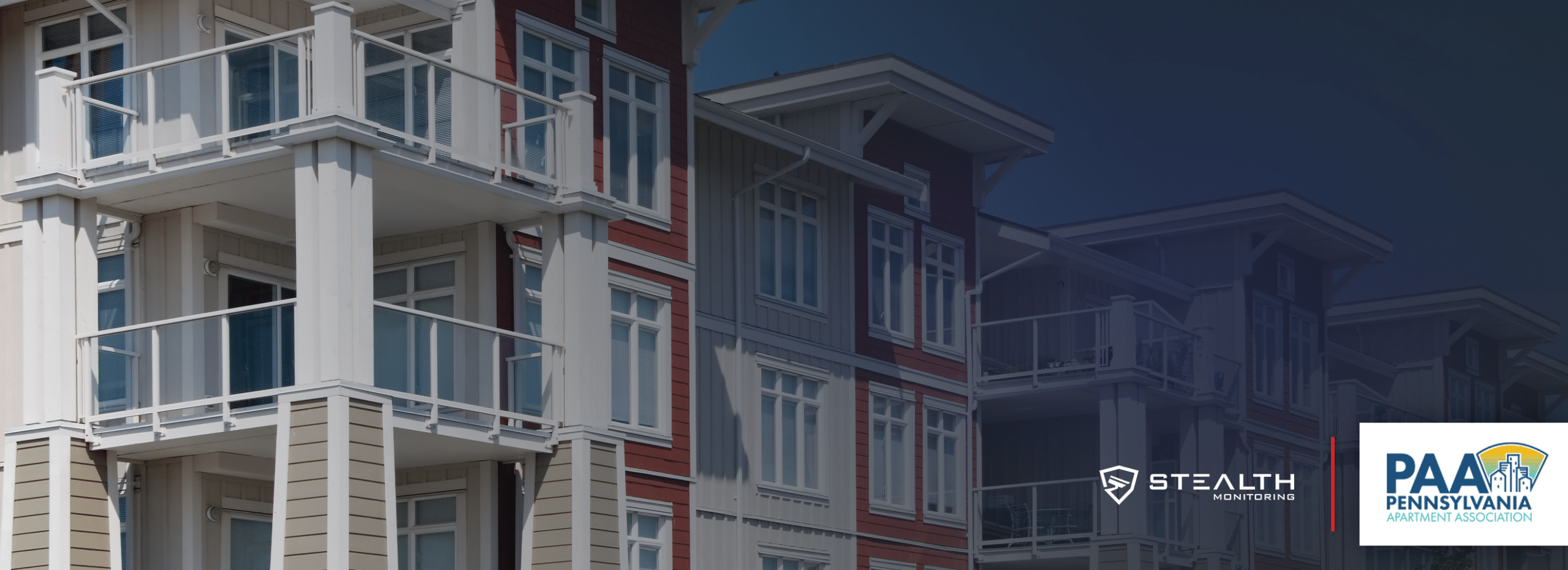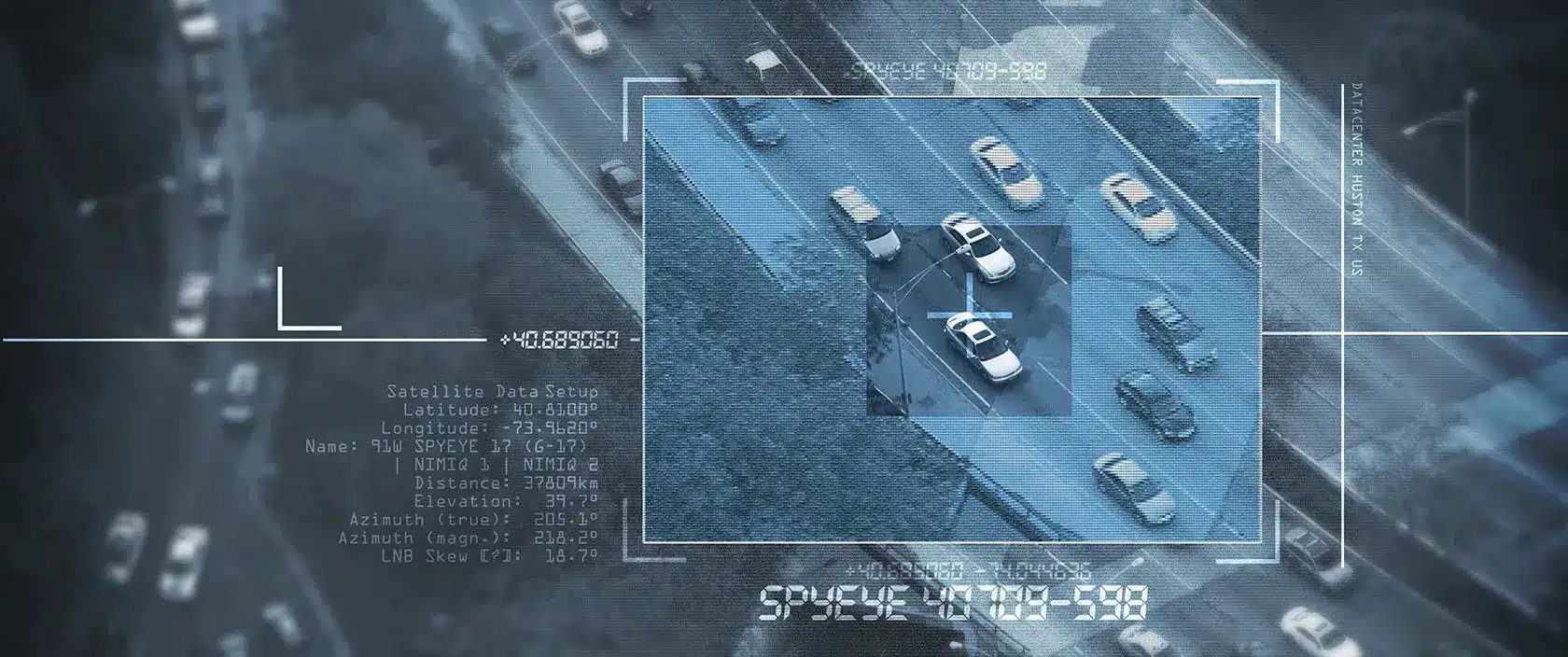Just about every business and organization worries about physical security and cybersecurity. However, chemical facilities have a greater need to make these a very high priority. That’s because the U.S. Department of Homeland Security (DHS) has identified its industry as a potential target for terrorism.
The consequences of a terrorist act taking place at a chemical facility can have devastating effects. That’s why it’s so critical to make decisions about protecting the equipment, assets, and information with the right security technologies and best practices.
Therefore, chemical facilities — both in the public and private sector — that manufacture, store, use, or transport potentially dangerous chemicals need to secure their facility to protect it from the growing and evolving threats. It requires being vigilant in their security efforts.
Three Key Chemical Facility Security Issues
The chemical manufacturing industry faces many security issues. Here are the three most pressing chemical facility challenges.
1. Cybersecurity
Cybercrime is growing and its side effects do more than harm a company’s reputation and bottom-line. According to IBM’s Cost of a Data Breach Report, 2021 experienced the highest average cost of a breach at $4.24 million. Moreover, the FBI’s annual cybercrime report indicates the FBI received 300,000 cybercrime reports in 2016. By 2020, that number surged to almost 800,000!
No one is surprised by the jump in cybercrime. It’s another outcome of the pandemic as it has forced many companies and organizations to conduct more business online. In doing so, many rely heavily on cloud-based services. Even those who continue to use traditional servers, laptops, and workstations must stay on top of it. These technologies need to be updated regularly to bolster security. Not a single industry is immune from cyberattacks.
The chemical manufacturing industry will pay a much higher price for a cyberattack than most other industries would. For the majority of industries, their brand reputation and profits will take a hit. For chemical plants, there’s a risk of losing human life if they’re attacked by terrorists.
Besides, physical security affects cyberattacks, and cyberattacks threaten physical security. A physical threat can lead to compromising cybersecurity. For example, an intruder breaks into the chemical facility and heads to a computer station. They can hack the system to carry out their cyberattack. When someone breaks into the facility and the computer system, it’s due to a physical security weakness.
Tech-savvy criminals can find flaws in physical security to achieve their cyberattacks. This is why the convergence of cybersecurity and physical security is important. Don’t treat them as separate entities. Convergence is the formal cooperation between two separate security departments. In other words, the two departments work together in a holistic way and they’re able to close more gaps than when they work separately.
2. Compliance Errors
Chemical facilities cannot afford to have compliance errors. It’s not just the penalty that comes with non-compliance that can hurt the business. Noncompliance means the facility could be at risk for incidents that can injure people or take lives.
The EHS Daily Advisor has published the common compliance errors in chemical facilities. These are errors that can be avoided. For example, a facility should have a process in place to prevent the storing of incompatible chemicals next to each other. When they don’t, it puts the facility at risk for explosions, fire, or release of toxic fumes.
One of the most common compliance errors is the failure to create and implement a risk management plan, which brings up the third key security issue.
3. Lack of a Risk Assessment Plan
The Chemical Facility Anti-Terrorism Standard (CFATS) requires chemical facilities to define and formally address security at their facility.
“The new rule will require facilities fitting certain profiles to complete an online risk assessment. A company determined to pose a greater risk will be required to conduct vulnerability assessments and submit site security plans that meet DHS performance standards, which can include securing perimeter targets, controlling access and deterring theft of chemicals. Failure to comply can result in penalties of up to $25,000 per day and an order to cease operations,” writes Scott R. Gane in Security Compliance at Chemical Facilities.
That’s a high price to pay for not doing something that makes a difference. It’s not something else chemical plants must do. It has value and will help reduce risks.
How to Cut Security Risks in a Chemical Facility
Chemical facilities need to protect their physical assets, digital information, employees, vendors, and visitors. If someone gets hurt in the facility, it can turn into an expensive liability lawsuit. If a digital asset with customer data gets stolen, then the facility could end up in the news.
Because of the concern over potential terrorist threats to chemical plants, security has expanded to become a vital component of its operations. Additionally, DHS criteria have identified chemical plants as high risk per the department’s Chemical Facilities Anti-Terrorism Standards (CFATS).
“Physical and cybersecurity: Protect Your Plant” from Chemical Engineering explains CFATS and its role in security.
“CFATS was initially developed over concerns that an individual or group could breach the perimeter and infiltrate a chemical facility with the intent of damaging storage vessels holding toxic materials, so the first step was to understand, at each of these facilities, where the chemicals were stored and then to create an outer perimeter with security that would prevent a saboteur from getting to these areas,” explains Joe Morgan, business development manager of critical infrastructure with Axis Communications. “This cultivated the need for physical barriers and detection methods at chemical facilities and brought into the light the fact that chemical processors face larger and more significant threats than some other industries.
“Since then,” he continues, “it has been realized that physical security interacts with cybersecurity, because if someone were to hack into a chemical plant’s mainframe and gain access to processes via control networks, they could just as easily perform the same type of sabotage. So physical security and cybersecurity are becoming closely intertwined.”
The place to start is with a risk assessment.
Create and Implement a Risk Management Plan
Chemical plants need to do a risk assessment and develop a risk management plan that complies with relevant standards and requirements. This is one of those things that calls for bringing in a security consultant. The consultant will apply their knowledge of security processes and programs to identify vulnerabilities. These will be addressed in the risk management plan.
The plan must reference CFATS risk-based performance standards (RBPS) overarching security guidelines. “To assist chemical facilities to take a holistic approach to their security posture and determine the appropriate security measures, a facility may think about RBPS through the use of five overarching security objectives: Detection, Delay, Response, Cyber, and Security Management.”
There’s that word holistic approach to security, which is what the convergence of physical security and cybersecurity is about. The best security system for a chemical facility is one that has multiple layers. One of the biggest layers that will help with a lot of the gaps is remote video surveillance.
Add Remote Video Surveillance and an Access Control System
What’s interesting is that CFATS mentions detection, delay, response, cyber, and security management. Remote video surveillance addresses all of these. A remote video surveillance system that uses video analytics and trained monitoring operators can help detect problems before they cause damage. There are different ways they can respond. It may warn the intruder on an audio speaker, calling the police, or both. One of the benefits is that the operator is safely located in a building away from the chemical plant.
Next comes the delay function. This means putting up barriers to slow the invader’s progress. Video surveillance can help spot them approaching the facility before they reach the building and break-in. The delay part is the time between being first spotted by security cameras and getting into the building.
Moving on to the cyber piece, this is the capability to secure computer systems to prevent unauthorized access either remotely or onsite. An operator watching the cameras will know when someone is approaching the building and can do something about it to help prevent them from ever accessing anything.
And finally, security management, which is the creation and implementation of processes and procedures. That’s what the risk management plan does, and it will include remote video surveillance.
Again, remote video surveillance cannot be the only security layer. While it can greatly reduce risk, the facility is required to add other layers to its perimeter security. Here are some other components you may have in your multilayered security:
- Access control system
- Lighting
- Fencing or gates
An access control system will bolster detect, respond, delay, cyber, and manage security functions as part of an integrated security system that works with video surveillance. This automates the process, simplifies management, and fortifies both cybersecurity and physical security.
Security is not something you can set up and forget about. Chemical facilities must treat security as a program by incorporating it into the organization’s DNA and processes. It’s also essential to make it mandatory for employees to complete security training. The security program cannot succeed without it.
The Most Effective Chemical Facility Security
Remote video surveillance offers 24/7 coverage across the entire facility and the area surrounding it including parking, loading zones, and areas where it’s not safe for people. Unlike traditional security systems that are reactive, remote video surveillance is a proactive chemical plant security solution that can help deter crime before damage occurs.
Worker safety is one of the chemical facility’s utmost priorities. Security cameras have the ability to catch compliance errors before anyone gets hurt. Thanks to advancements in chemical facility security technology, access control, and remote video surveillance are cost-effective solutions that can yield a fast ROI.
Stealth’s security experts can give you the support you need to analyze your facility and perimeter to create a right-sized security solution. You’ll work with security professionals who have experience in securing chemical facilities. To learn more, contact us.




